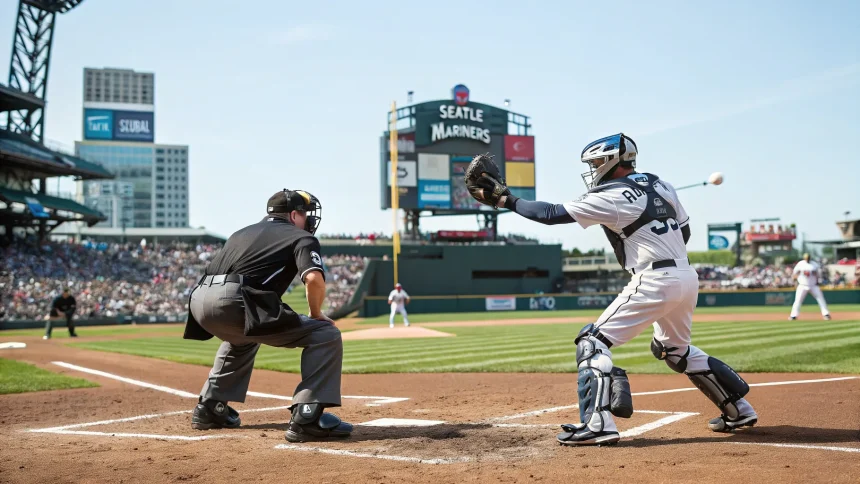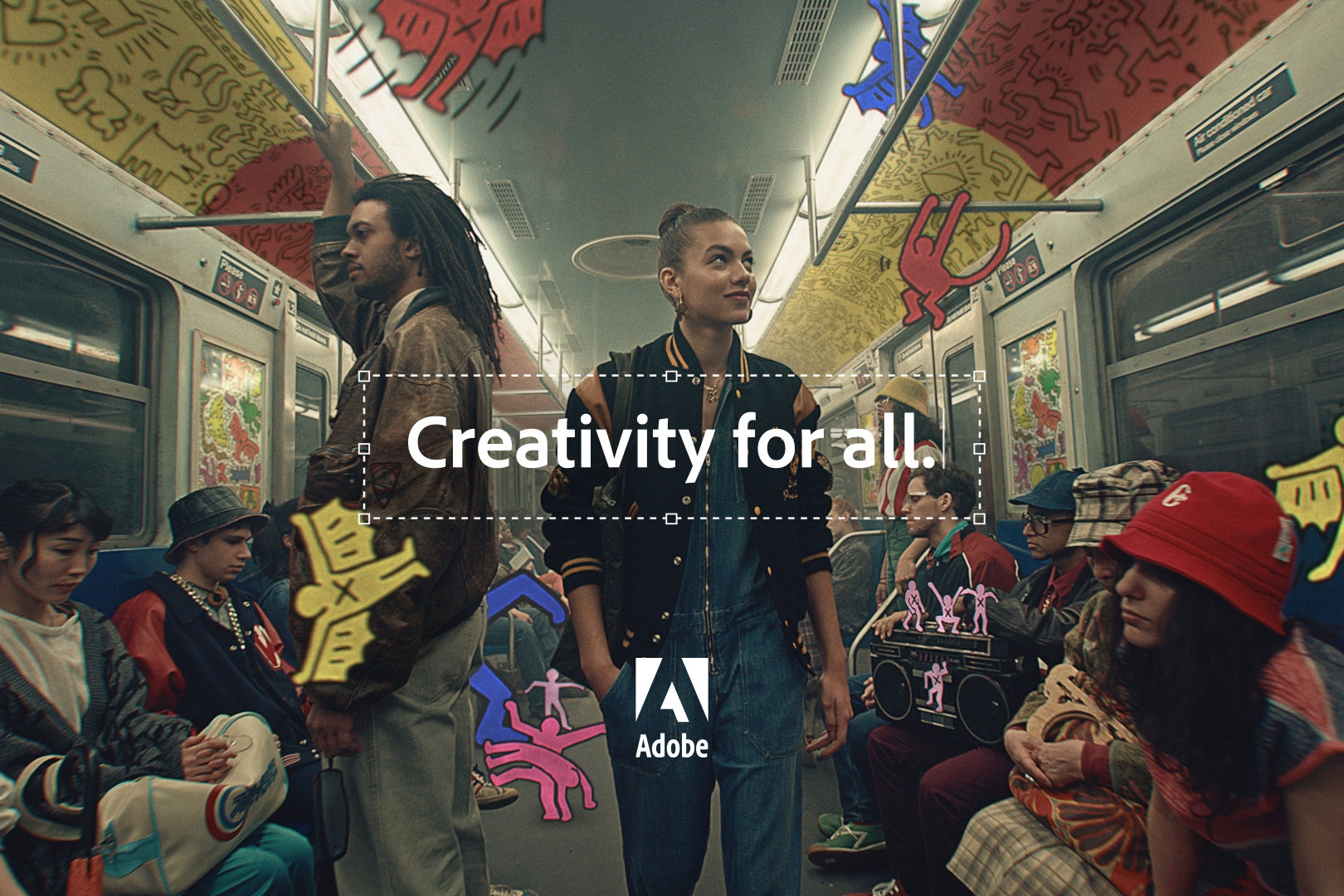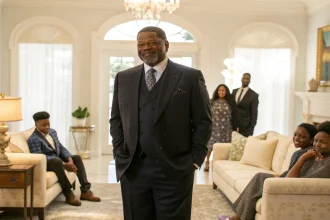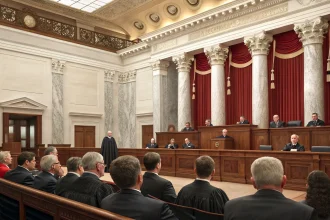Seattle Mariners catcher Cal Raleigh made history during the first inning of the All-Star Game by strategically using the automated ball-strike system, commonly known as the robot umpire, to secure a strikeout for pitcher Tarik Skubal.
The moment marked one of the first high-profile uses of the new technology in baseball’s midsummer classic, highlighting how players are adapting to and leveraging the automated system that Major League Baseball has been testing in various capacities.
Raleigh, known for his defensive skills behind the plate, demonstrated quick thinking by utilizing the challenge system to overturn what was initially called a ball. The review resulted in a strikeout for Skubal, who represents the Detroit Tigers in this year’s All-Star roster.
Technology Meets Tradition
The robot umpire system allows teams to challenge ball and strike calls during the game. When Raleigh recognized that a borderline pitch from Skubal might have caught the zone, he immediately signaled for a review of the call.
The technology uses a combination of cameras and radar to determine whether pitches cross through the strike zone. After review, the pitch in question was determined to have clipped the edge of the zone, resulting in the strikeout.
This interaction between human players and automated officiating represents a significant shift in how baseball’s most fundamental aspect—the strike zone—is being determined in showcase games.
Player Adaptation
Raleigh’s quick decision to challenge the call shows how players are developing new skills in response to technological changes in the game. Catchers, in particular, must now consider when to use their limited challenges during a game.
“What we’re seeing is the evolution of catching,” said one baseball analyst watching the game. “Catchers now need to understand not just how to frame pitches for human umpires but also when to trust the technology to correct calls.”
Skubal, who benefited from Raleigh’s savvy use of the challenge system, got to add an All-Star Game strikeout to his statistics thanks to the overturned call.
Future Implications
The successful challenge in such a high-profile setting may accelerate discussions about wider implementation of automated strike zones in regular season games. MLB has been cautiously expanding the use of the technology, starting in minor leagues and now featuring it in exhibition games.
Critics and supporters of the automated system both point to moments like this as evidence for their positions. Those in favor highlight the accuracy and consistency the system provides, while traditionalists worry about removing the human element from crucial game decisions.
The moment also raises questions about how the role of catchers might change if automated strike zones become standard. The art of pitch framing—subtly adjusting the glove to make pitches appear more like strikes—could become less valuable than the ability to identify which borderline calls to challenge.
As the All-Star Game continued, players on both teams watched closely to see how the automated system would affect other close calls, knowing that this technology might soon become a regular part of their professional lives.
For Raleigh and Skubal, their first-inning collaboration with the robot umpire resulted in a memorable All-Star Game moment that may foreshadow baseball’s technological future.









